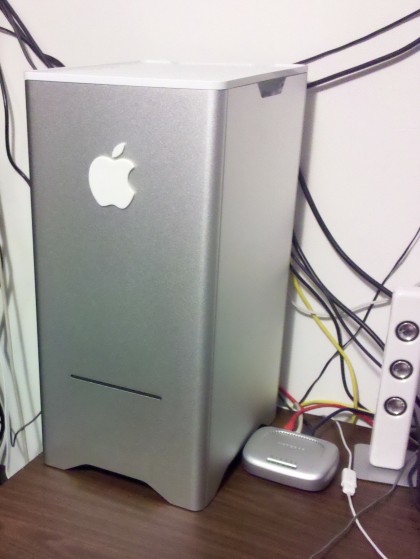Fears of another Chernobyl are greatly overstated. Chernobyl happened due to an inherently unsafe reactor design (RBMK), and some poor decisions on the part of an inexperienced work crew. Japan’s reactors are better designed. Unfortunately, the actual information coming out of Fukushima is scarce, and the media has been hysterically recycling the same information over and over again. I am not an expert on nuclear power, but I know a little of the principles involved. Some things are curious, and if anyone who knows nuclear power can explain, it might help put the pieces together:
- Once a reactor scrams, there’s still a substantial amount of decay heat that needs to be removed from the reactor. Most nuclear plants have redundant systems to keep coolant flowing. Power was knocked out to the plant by the earthquake, which triggered all the reactors to scram. The redundant diesel generators kicked in for a few minutes, until they were taken out by the tsunami.
- Without coolant circulating, it was inevitable that water in the reactor would heat up and pressure would build, causing engineers to have to vent pressure straight from the reactor vessel. This typically would release short-lived radiation (mostly radioactive Nitrogen isotopes with a short half life).
- Radioactive isotopes of Cesium and iodine were detected around the plant, however, and we know from the hydrogen explosion of the containment building that the reactor was venting hydrogen gas as well. This is Three Mile Island territory, and is a strong indicator the reactor core has at least partially melted, probably due to water levels in the containment vessels dropping too low.
- My guess would be that’s why they decided to pump in boronated water. Boron is a nuclear poison, but wouldn’t do anything to get rid of decay heat (I believe,) so this is more evidence that engineers probably think they are dealing with at least a partial core meltdown. As far as I know, the insertion of the control rods should essentially shut down fission in the reactor core, leaving only decay heat remaining as a source of energy, which would be unaffected by boron. Anyone know why they’d pump boronated seawater into the reactor if there wasn’t fear of core melt?
- We’re now learning of problems with other reactors. With functional cooling, decay heat is generally dissipated within a few days, after which the reactor should essentially be shut down thermally. Though the amount of decay heat that needs to be gotten rid of is a function of how hot the reactor was running before the scram. It’s possible some of the other plants were running at lower power, and thus did not find themselves in as much trouble so quickly? Or was the problem bigger than we were lead to believe, and now we’re just finding out about the other plants?
Fukushima is a boiling water type reactor, which is probably the most common type of nuclear plant in the world. One of the malfunctioning reactors is a GE design, and another is a Toshiba design. You can see from this list here how many other types of plants like this are in the world. One is right in my back yard. You can also see that the troublesome Fukushima reactors are second generation with varying levels of containment. Interestingly, it looks like they had this reactor scheduled for decommissioning at the end of this month. It looks like one of the troublesome reactors has an earlier generation of containment vessel. It’s not clear to me whether or not the hydrogen explosion destroyed all containment of the steel reactor vessel or only a secondary containment.
I understand that a China Syndrome type scenario is not really possible, and the worst that would happen here is the site is contaminated, with a billion or so dollars in cleanup costs associated with it. Three Mile Island’s core melted into the containment vessel, which it as engineered, and released next to no radiation to the outside. That still cost a billion dollars to clean up.
The worst aspect of this, I think, will be all the opponents of nuclear power jumping on this hobby horse and trying to ride it as far as they can. Fukushima I is an old reactor design. The new ones are safer, and wouldn’t exhibit the problems that are cropping up at Fukushima I. The solution here isn’t to abandon nuclear power, but to replace our aging nuclear power infrastructure with new, more modern plants.




